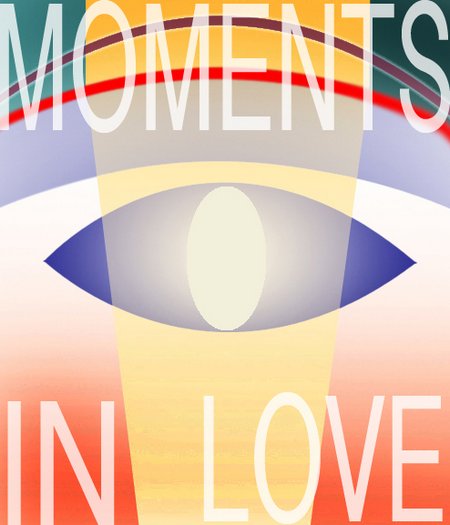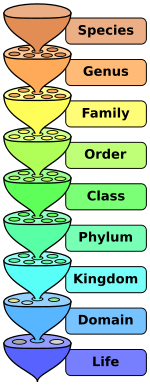
Gregory Whitehead – The Pleasure of Ruins (19MB)
This is the title track from Gregory Whitehead’s The Pleasure of Ruins, without a doubt the album that has held the most personal meaning for the longest time, for me. It’s not for everyone – maybe not even for you, but it melted my mind and opened doors of possibility when I first heard it ages ago, and still does.
*A brief aside in the form of required reading for anyone who has ever aestheticized ruins: Bryan Finoki’s brilliant essay The Ruin Machine. This is a deep one, give it your time.*
I’ve written about Whitehead on the old version of Mudd Up! (the one that is slowly turning into Cyrillic-spammer semantic compost-ruins), rather than link there I’ll just reprint what I wrote five years ago:
++++

QUALITY CREEPY + DEAD-ON SMARTS
In 2004 I got to meet with 2 true giants in my audio/cultural landscape: the Moroccan band Nass El Ghiwane & the American radio artist/wound technician Gregory Whitehead. Who?
UbuWeb just posted an MP3 anthology of 20 years of Whitehead’s radio plays, performances and outcasts, along with a few of his writings. The MP3s range from his early tapes (where I first heard Ziggurat) to an 11minute excerpt from The Loneliest Road, a 2003 radioplay for the BBC with music composed by The Books (as soon as I heard Thought for Food I sent it to Gregory, he loved it, contacted them, and the rest is…)
I’ve always been impressed with the way Gregory’s work circulates- looking for it directly is never the best option because his material moves simultaneously via several seemingly unrelated channels: cassettes traded in the old experimental mailswap circuit, pseudonym 7″s, screamscape studies for local radio & audience telephones, commissions from the BBC, articles here & there, editor behind some definitive books on sound & radio. He sidesteps the usual categories of musician/critic, academic/street, high art/no-fi art, documentarian/confidence man, thanatos/eros, etc. Even at its most theoretical, his writing remains rooted, relevant.
I heard the tapes first. Whitehead’s soundwork is viscerally compelling- a lot of it is simply words, gasps, and utterances. Additional sounds set a psychological mood or unnerve. Yet it’s playful–overtly funny, flirting with desire. It tells or suggests stories, though the narrative may be linear, cyclical, disarticulate, or straight-up impossible. Quality creepy + dead-on smarts.
from Gregory Whitehead -“Drone Tones and other Radiobodies”
Radio is mostly a set of relationships, an intricate triangulation of listener, ‘player’ and system. It’s also a huge corporate beast, and the awareness that you?re working within a highly capitalized network. Finally, there is the way in which radio is listened to, frequently in an extremely low-fi environment, with people listening on a car radio, or they’re in the kitchen and they’re cooking and they’re listening with only half an ear. To me, radio art comes to grips with all of that, it comes to grips with both the context of production and the context of listening.
& further quotes from Whitehead:
…I try to use [the disembodied radio voice] in a way that’s constantly hinting to the listener that they’re NOT listening to the voice of authority, though I will constantly play with the expectation for authority, because Americans are trained from a very early age that anything we hear on the airwaves has got to be the truth, that’s the voice of authority. Orson Welles seized on this with his famous Martian invasion, which in turn provoked a wave of regulation of the airwaves, as the government need to restore the fiction of authority and authenticity. Then there was the master radio delusionist , Hitler, who had an immediate grasp of the tremendous power of the microphone, and the amplified voice, and who mesmerized an entire generation to obey the projections of his own apocalyptic myth. I’m astonished at what people will believe, just because it comes down the tubes.
I mean if you think of the kind of news that you get on commercial radio: You give us 22 minutes and we’ll give you the world…
So for me, to listen to those formats and those hideous delusional aspirations and those grubby commercial models in a way, and think of ways to get inside them and take them somewhere else, is very intriguing. To begin with the arrogance of absolute certainty — the world in your ears —- and then gradually bleed, minute by minute, into a nebulous zone where all boundaries, bodies, voices, themes and ideas blur into a each other, or into a fog of thought and feeling that is closer to some kind of lived truth. The voice of authority is part of what I call ‘radio Thanatos’, the side of radio that vibrates with death, as weapons or as control over communities. Then there is ‘radio Eros’, a radio of play, and attraction, a radio of productive illusion, a radio that brings ears together into some kind of fresh network. The best radio art hangs in the turbulence between the two. I want my next work to be a kind of navigational system for the turbulence, between the scream and the laugh, perhaps, or between the horrific shudders of a sort of cultural Grand Mal seizure – for what else can we call the Age of Bush? — and the stubborn insistence of some other vibe: eros, affirmation, call it what you will. Life?







